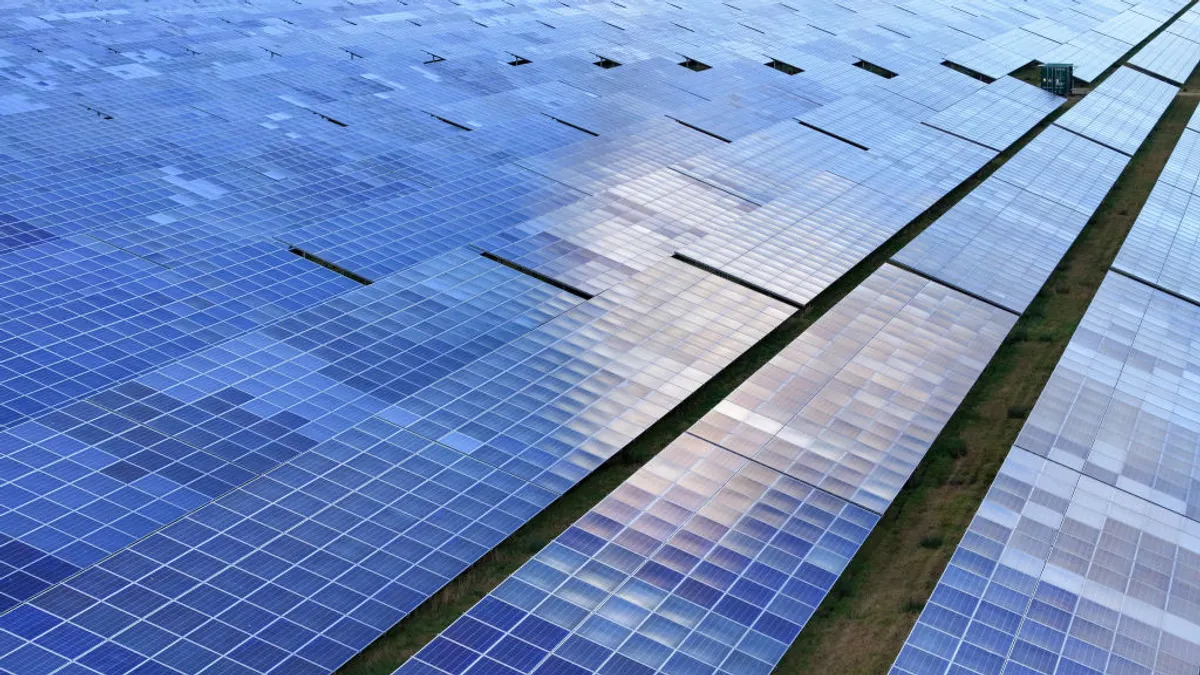The following is a guest post from Paige Leuschner, a research analyst at Navigant Consulting's utility transformations program. If you are interested in submitting a guest post, please review these guidelines.
In today’s world, there is an app for everything, and the energy industry is no exception. Though the market for energy apps is still in its early stages as utilities and energy-focused vendors of hardware and services mine data from devices like smart meters, smart thermostats, and connected appliances, the number of available apps is growing, and customers now expect them to be more readily available.
From the perspective of utility executives, mobile apps are the top channel for customer engagement. In a recently-published collaborative report between Navigant Research and Public Utilities Fortnightly (PUF) called State & Future of the Power Industry, sixteen industry leaders and Navigant’s Energy leadership are interviewed and surveyed.
When asked what emerging customer engagement channels will be most widely used to deliver value to customer from utilities by 2025, apps were the most frequently mentioned customer engagement channel for the 2025 utility. Those surveyed also mentioned integrated energy platforms, analytics, and online portals, thus emphasizing the importance of connecting with consumers digitally in this changing energy landscape.
In the State & Future of the Power Industry report, Jan Vrins of Navigant’s Energy leadership also highlights that customer choice and emerging energy technologies will change the way we produce and use power in the future. For utilities, it is not only about understanding how customer choice and demands are changing, it’s about building trust and strong relationships with customers. Doing something as simple as connecting with customers in a way they want to be engaged (i.e. through mobile apps) is an important step in building trust and a positive utility-customer relationship.
Colette Lamontange, also of Navigant’s Energy leadership team, sums this idea up by saying the foundation for customer trust and loyalty is to create the dynamic, plug-and-play platform environment that enables customers to achieve their goals (cost savings, reliability, resiliency, and sustainability) while also remaining a customer of the utility, and apps play a large part in that type of ecosystem.
However, engagement through apps has not been easy for utilities to deliver. The organizational structure of utilities tends to be siloed, the regulatory environment can pose a challenge, and funding for these types of initiatives can be hard to obtain.
To answer this call, platform providers in the energy space have begun to shift their solutions to include more mobile-friendly offerings. For example, on June 13, Tendril announced the release of Tendril MyHome, a mobile app targeted at utilities that want to offer their customers a better mobile experience. Duke Energy, which has worked with Tendril to execute one of the “world’s largest and most successful behavioral energy efficiency programs,” will be the first utility to offer the Tendril MyHome application to its customers. Tendril will join a list of other vendors in this space also offering a mobile experience for utility customers, including Opower, Bidgely, and C3 IoT, to name a few.
Meeting Customer Needs
While it is increasingly important for utilities to offer mobile apps, a guiding principle is to offer enduring value from the customer’s perspective. The app must meet the customer’s particular needs. It is not enough to simply offer a somewhat generic mobile app; it has to be a worthwhile offering in a crowded space. Consumers in the U.S. spend more than 30 hours a month using phone apps and use 27 different apps each month on average, according to Nielsen. This means energy apps have a lot to compete with, especially in an age where 75% of app users across all industries churn within 90 days. With so many apps for so many different applications, an energy app that lacks value will get lost in the mix.
In Navigant Research’s 2015 Energy Apps for Residential Customers research brief, best practices for mobile apps targeted toward utility customers are discussed. These include ensuring the app adds value and provides clear and attainable benefits to consumers, operates consistently across different channels, can adapt to new applications and technologies that will develop over time, and must provide customers with security and privacy, among others. Following these best practices can lead to successful utility customer engagement through these ever-popular mobile applications.









